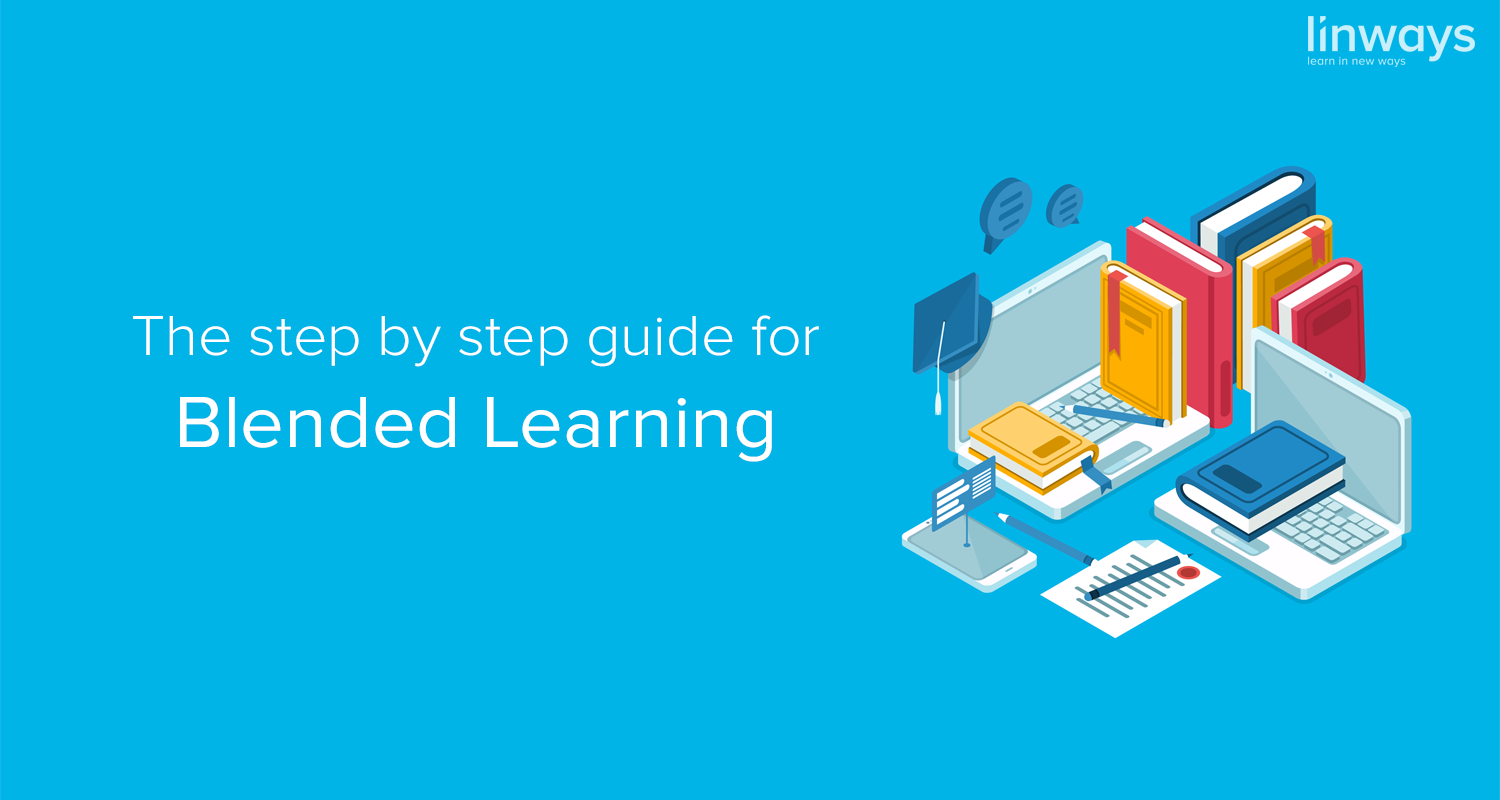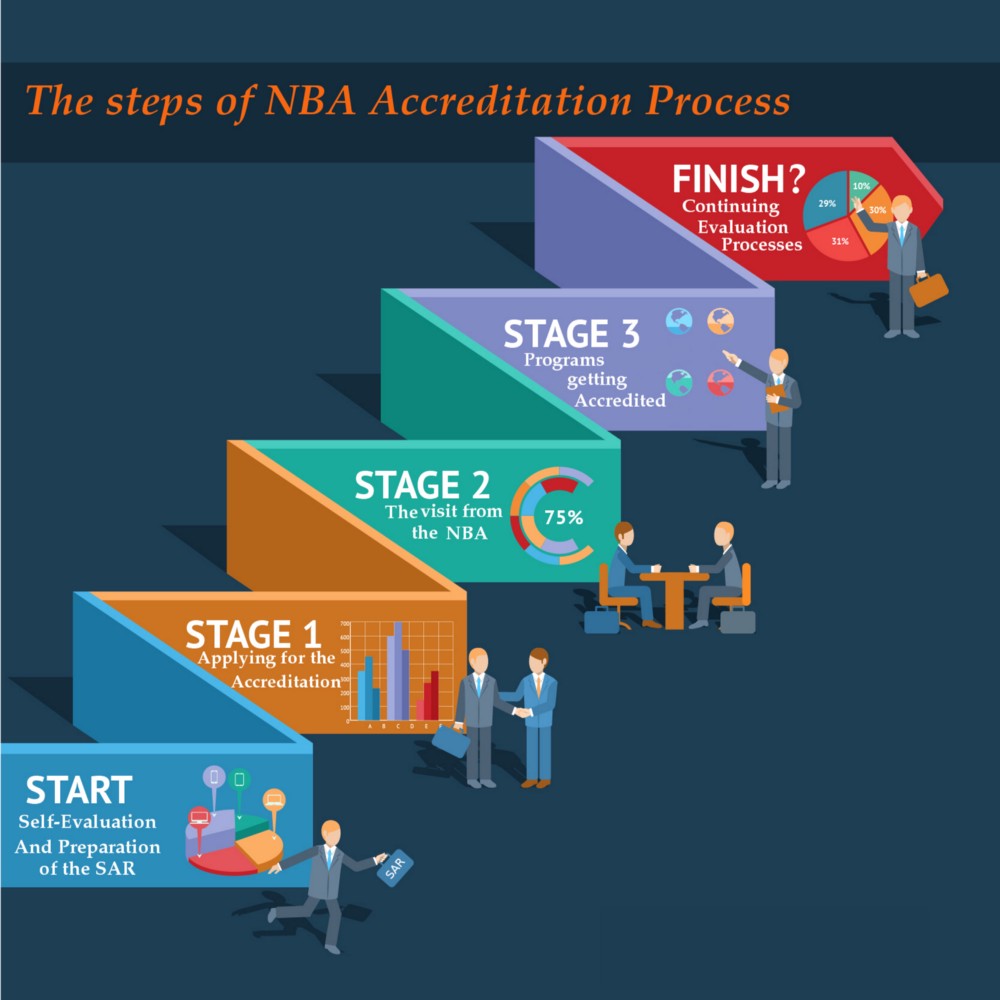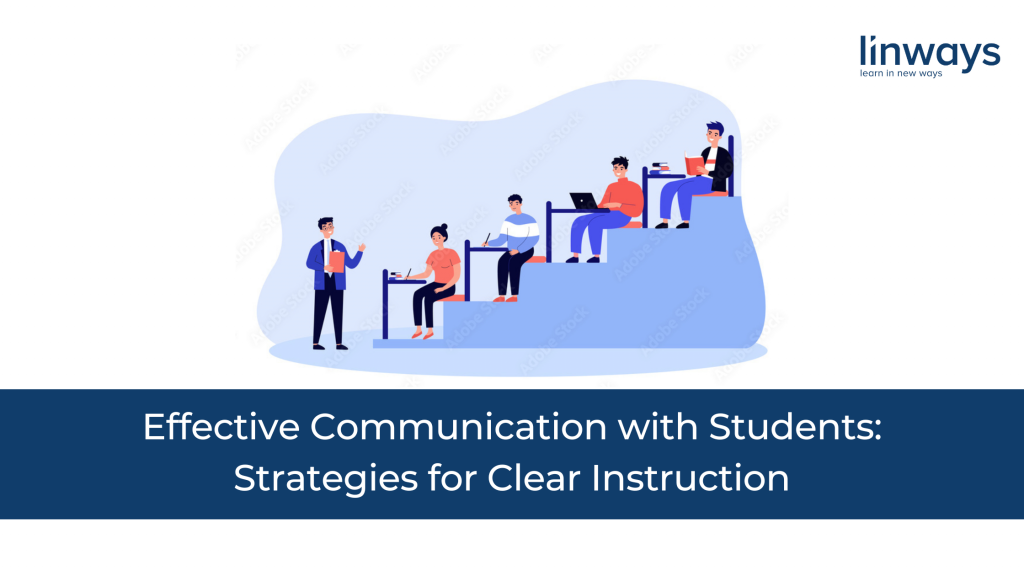What is Blended learning.
Blended learning, by definition, is a pedagogical strategy where the students learn with a combination of face-to-face interactions and digital communication.
If that seems broad, we’ll break it down. Blended learning used the aid of technology to deliver partial of supplementary course content for the students and creates a space for more classroom interactions and practical applications. This may include sharing video lectures on specific topics in addition to what students learn in the classroom, or providing course content guides as additional information, or proposing a video guide on youtube for further study.
Steps to implement Blended learning in your classrooms.
Step 1. The decision making phase
The first phase is about deciding whether you have a need for Blended learning or not. If you feel that your current conventional method is not efficient enough or is failing to achieve the goals, then you can try blended learning to boost the engagement and improve the results.
Once you are sure to go through with it, the next is to choose the right tools you’ll need. This is mainly important since the tools you choose could make or break your strategy. Ask yourself, what tools might be right for you and your students. If you teach students who come from particularly low income families, they may not always have access to a pc. So you might want to limit the amount of video contents and sharing digital versions of course related articles and other texts for better reach.
If your institution has a Learning Management System or an Academic Management System, they might be sufficient to share the content. Other common online tools include google drive, uploading to youtube, email etc. however, Blended learning doesn’t necessarily say that you have to use online tools. You could also share course-related content offline like using a USB, or just choose to show a video about the topic inside your class if possible.
Step 2. The planning phase
Tools can be used in a variety of ways. For example,
- Instruction inside the classroom & providing extra guides and supplements that would enhance the knowledge and experience using technology,
Eg: After the class on quantum mechanics, suggesting a lecture by Richard Feynman on the double slit experiment to understand better. - Leaning heavily on online instructions & provide practical experiences and applications inside the classroom,
Eg: You give them a lecture on tensile strength of materials to watch, and later conducts an experiment on steel rods to test their elasticity in the lab with the students. - A bit of both the above where the teacher instructs as usual and provides further content to help learner better understand the topic. Here, you can use a part of the class hour for practises and collaborative work to assess and help students.
Step 3. The assessment phase
Once you have done enough planning and decided what tools you’d use, it’s time to implement Blended learning in your classroom, and assess the response to draw insights. Your strategy may be well-crafted but there’s no guarantee that it’s fail-proof. So we’ll have to keep on assessing the results as they happen to contribute to the overall outcomes. Besides the usual pop quizzes and exams, you could also try and collect the students’ feedback to see if your strategy is hitting the mark.
Why is this important.
Though each approach to the Blended learning style may vary based on your particular needs and requirements, most of what we observe seems to have these in common
- Teacher’s planning
- Online/offline technological element
- Self-paced learning
- Application of projects and practice.
So, it ensures more student engagement and better classroom interactions over time. Sharing course content also helps to make sure that no student is left behind since they can learn at a more comfortable pace with the help of these. Since there’s technology involved, we can expect better communication between the teacher and learner, and a healthier relationship.
Since there’s no one-size-fits-all solution in education, its you, the teacher, who has to decide what’s best for your students. So, follow these steps and build a strategy for your classroom. We, Linways has always been keen about learning theories and pedagogical strategies that would enhance the overall experience. We publish blogs on such topics, which if you are interested, you can find here. I you find this guide worthwhile, please subscribe, and let us know if you have anything more to add to these in the comments.





